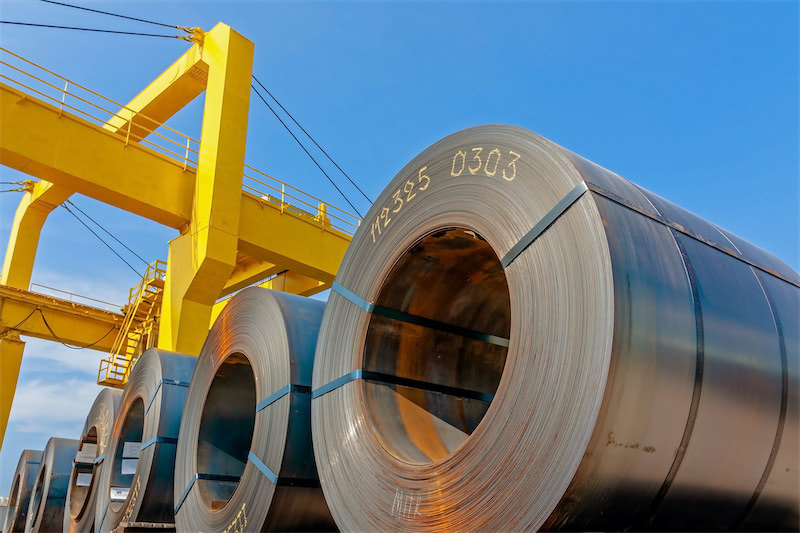






1. Industry chain
The upstream and downstream of the EVA industry chain are interconnected and influence each other.
The cost of EVA is affected by the prices of upstream ethylene and vinyl acetate. When the prices of these two increase, the cost of EVA production will increase, thus affecting the market price of EVA granules. Given the different costs and dosages of ethylene and vinyl acetate, the price of ethylene has a more obvious impact on the cost of EVA.
From an upstream perspective, ethylene prices are mainly affected by energy prices such as oil, coal, and natural gas. Limited by the preparation process and the degree of industrialization, the process of preparing naphtha from petroleum to produce ethylene is more common, so ethylene is significantly affected by changes in petroleum prices. Generally speaking, when the price of oil increases, the price of ethylene increases and the cost of EVA production increases; when the price of oil decreases, the price of ethylene decreases and the cost of EVA production decreases.
From a downstream perspective, the price of EVA affects the price of downstream film, with the most obvious impact on photovoltaic film. Generally speaking, when the cost of EVA increases, it is likely to increase the selling price of particles, resulting in an increase in the production cost of photovoltaic film; when the cost of EVA decreases, it is likely to affect the selling price of particles, resulting in a decrease in the production cost of photovoltaic film.
2.Supply and demand relation
In fact, cost does not necessarily affect the price, nor does it necessarily lead to an increase in downstream production costs. The only factor that really affects the price is supply and demand. In other words, when the supply of PV-grade EVA granules increases, the price of EVA film decreases; when the supply of PV-grade EVA granules decreases, the price of film increases. There are many factors that affect the supply and demand of EVA, such as large-scale production, production scheduling strategy, market competition situation, downstream competitive environment, cost, etc. If considered solely from the perspective of a simple economic model, EVA price changes can be subjectively judged through cost trends. However, if the above factors are taken into account, this process will become complicated, and the accuracy of judging price trends based solely on cost will be reduced.
Petrochemical companies are steadily advancing their production expansion process, and new petrochemical companies are constantly joining the "supply club" of EVA granules. The downstream of EVA granules (specifically the photovoltaic film market) is affected by the market environment and demand. Competition among enterprises is fierce. There is insufficient downstream demand for EVA films and insufficient production. Therefore, cost reduction and price competition have become the key issues faced by downstream EVA film companies.
3.Capacity
From the perspective of EVA layout, the sources of market supply mainly include North China, Northwest China, East China, and South China. Among them, representative companies in the northwest region include: Tianli Petrochemical, Yuneng Chemical, and Ningxia Baofeng (expected to be put into operation on February 6); representative companies in North China include: Yanshan Petrochemical (North Organic), Levima Advanced Materials; representative companies in East China Including: Rongsheng Petrochemical, Sierbon Petrochemical, Yangzi Petrochemical, Yangzi-BASF Petrochemical, and Formosa Plastics; representative companies in South China include: Sinochem Quanzhou Petrochemical, Gulei Refining and Chemical, and Zhongke Refining and Chemical.
In terms of production capacity, the nominal supply capacity of EVA granules in East China has reached 1 million tons, the nominal supply capacity of EVA granules in North China has reached 450,000 tons, the supply of EVA granules in South China has reached 500,000 tons, and the supply of EVA granules in Northwest China (including Ningxia Baofeng) has reached 500,000 tons. The nominal production capacity of particles has reached 800,000 tons, and China’s total nominal supply of EVA totals 2.75 million tons.
For queries, please contact Lemon Zhao at lemonzhao@smm.cn
For more information on how to access our research reports, please email service.en@smm.cn

